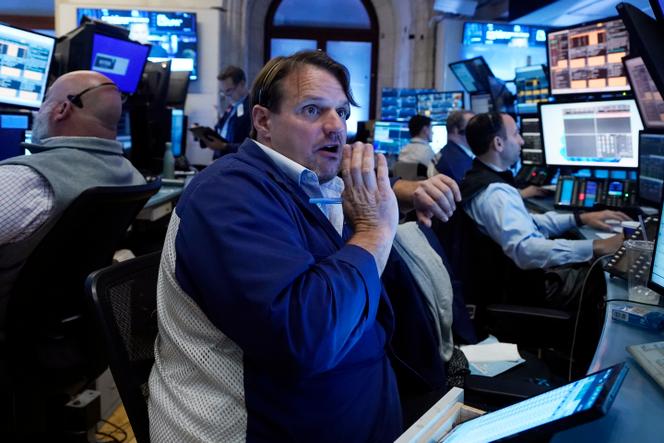


The longer interest rates remain high, the greater the risk of financial trouble. Joe Biden's term in office began with the resurgence of a trend in inflation that had disappeared three decades ago, and it could end with a financial crash in the US. An office real estate crisis, a venture capital downturn, the risk of unlisted debt, Wall Street's artificial intelligence bubble and abysmal deficits: The signals are proliferating, raising fears that the blue skies of full employment and growth might turn into storm clouds, brought on by persistent inflation and high interest rates, both slow poisons for the national economy.
The country got a taste of this in March 2023, when one regional bank after another went bankrupt for making rookie mistakes. They had made long-term investments with their clients' funds and were then squeezed by the general rise in rates: Their customers withdrew their deposits to discover short-term remuneration equivalent to that offered by the Federal Reserve (Fed) – 5.25% per year – while the value of their long-term investments had fallen (when rates rise, the value of a bond falls to adjust in line with the market). The fire was put out by the Fed and J.P. Morgan, Wall Street's "boss" in the event of a serious crisis.
One year later, high rates have continued to spread their venom. As is often the case, crises come as a surprise, emerging where no one saw them coming, often because the system is not transparent and does not allow for risk assessment. Private finance will feel the impact first – though not "private" as opposed to "public" (almost nothing is public in the United States), but rather as opposed to "listed on the markets."
The first issue is office real estate. The 2010s were characterized by a frenzy of construction, which crashed up against the wall of Covid-19 and the mainstreaming of remote work, especially in expensive cities such as New York, San Francisco and Chicago. With 110 million square meters of vacant office space in the country, landlords are caught between plummeting rents and occupancy rates and rising interest rates. The Wall Street Journal (WSJ) examined securitized real estate loans, which account for less than 15% of loans but give a good indication of the state of the market.
Within 12 months, $18 billion (€16.6 billion) of securitized loans will have to be repaid – double the figure recorded in 2023. According to the WSJ, only 35% of the loans have been repaid at maturity as scheduled in 2024, compared with 99% in 2021. This is worse than the 37% repayment rate that was reached in 2009 in the wake of the great financial crisis, according to Moody's Ratings. These non-repaid loans are not necessarily the result of bankruptcies, but renegotiations or extensions. Nevertheless, the tension is high.
You have 66.77% of this article left to read. The rest is for subscribers only.
